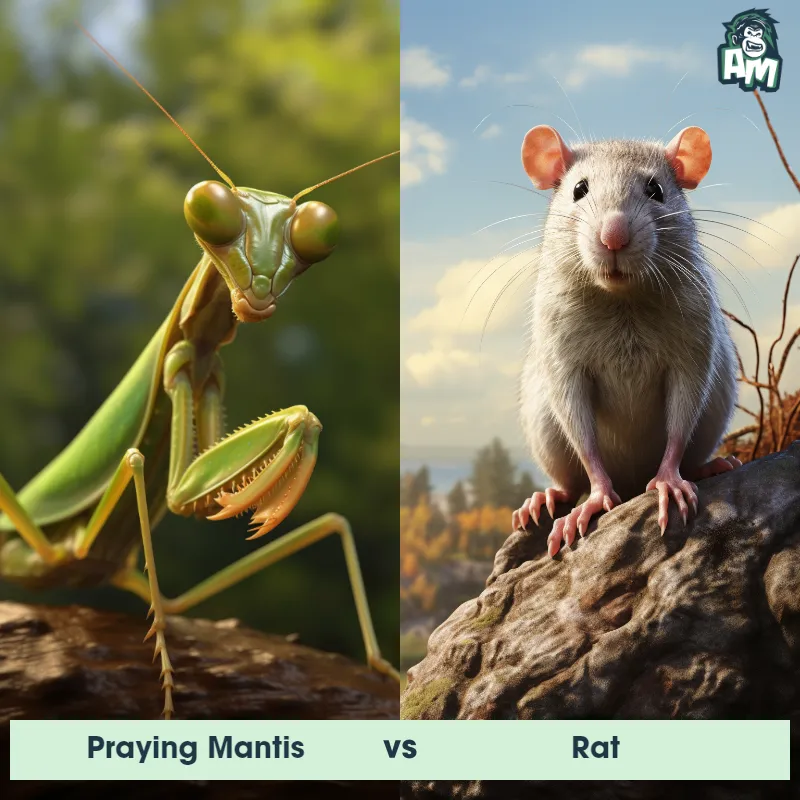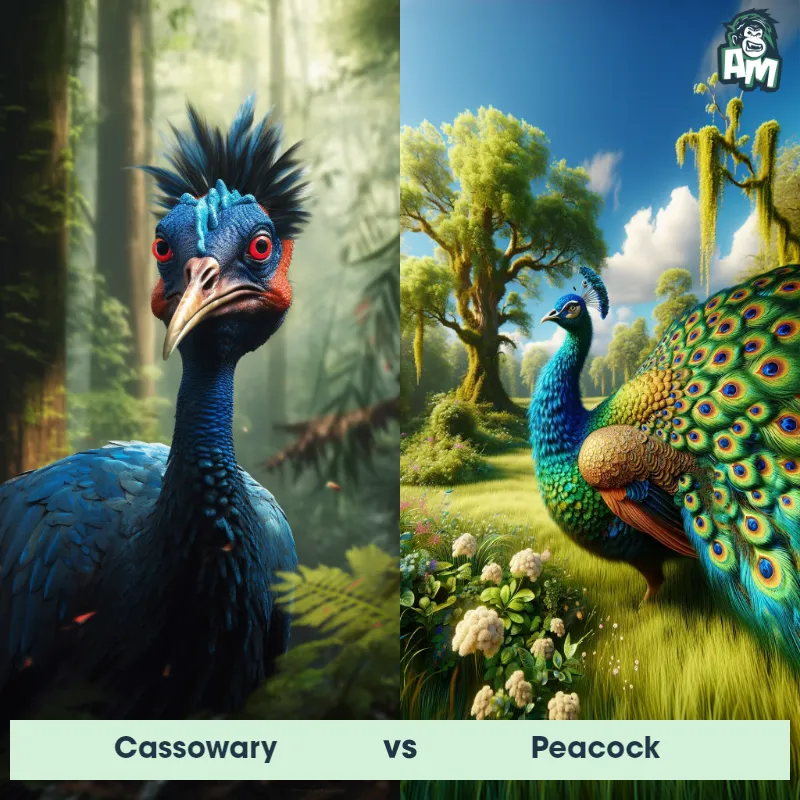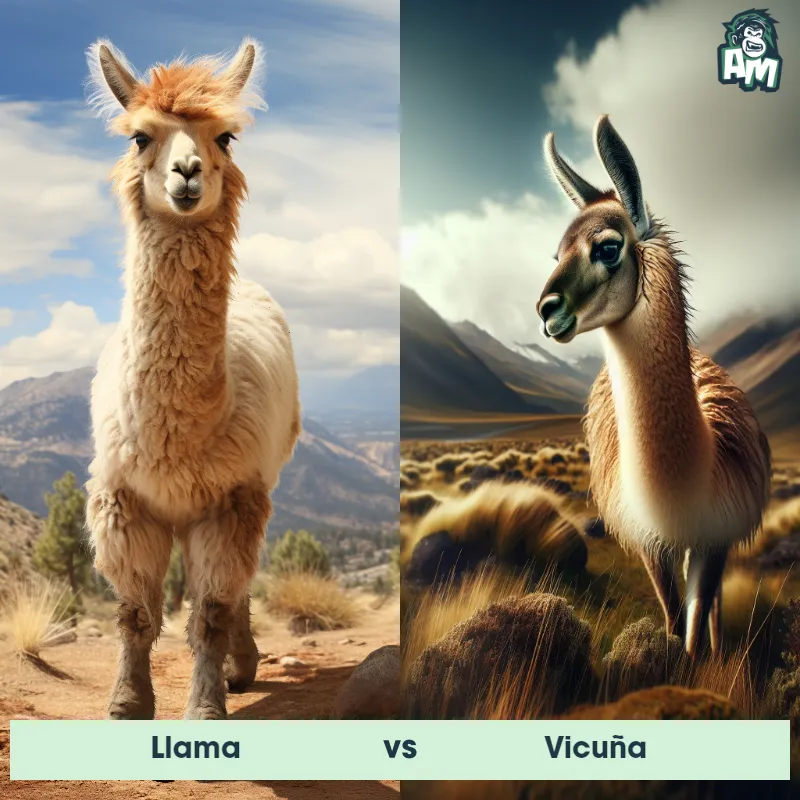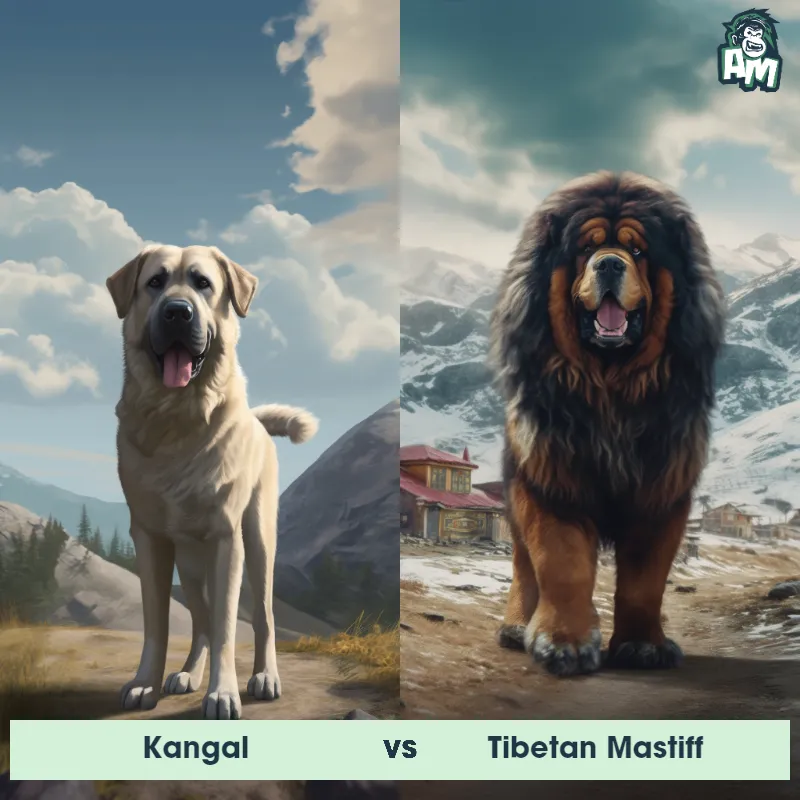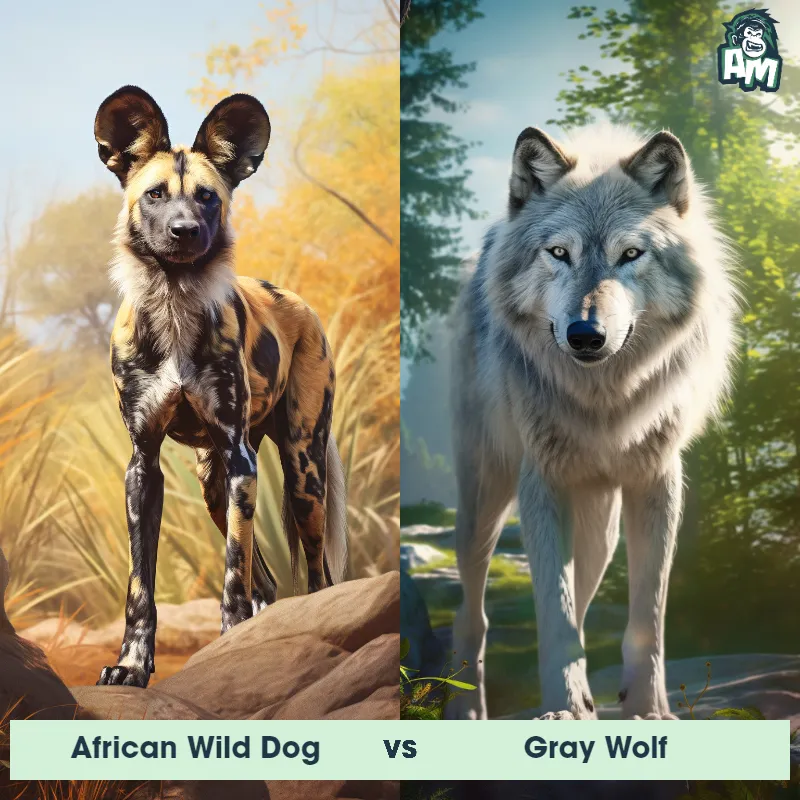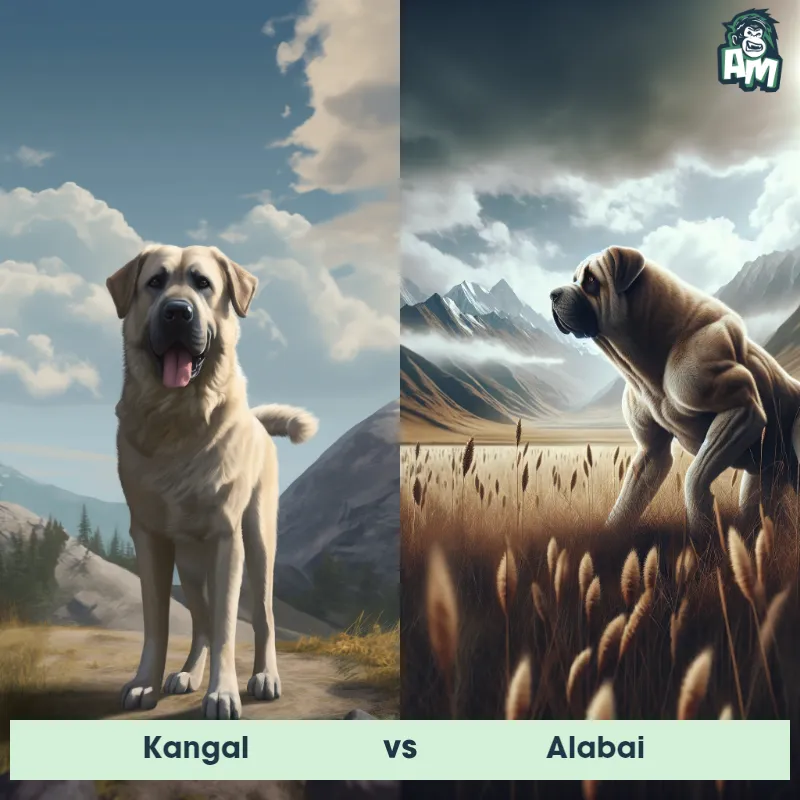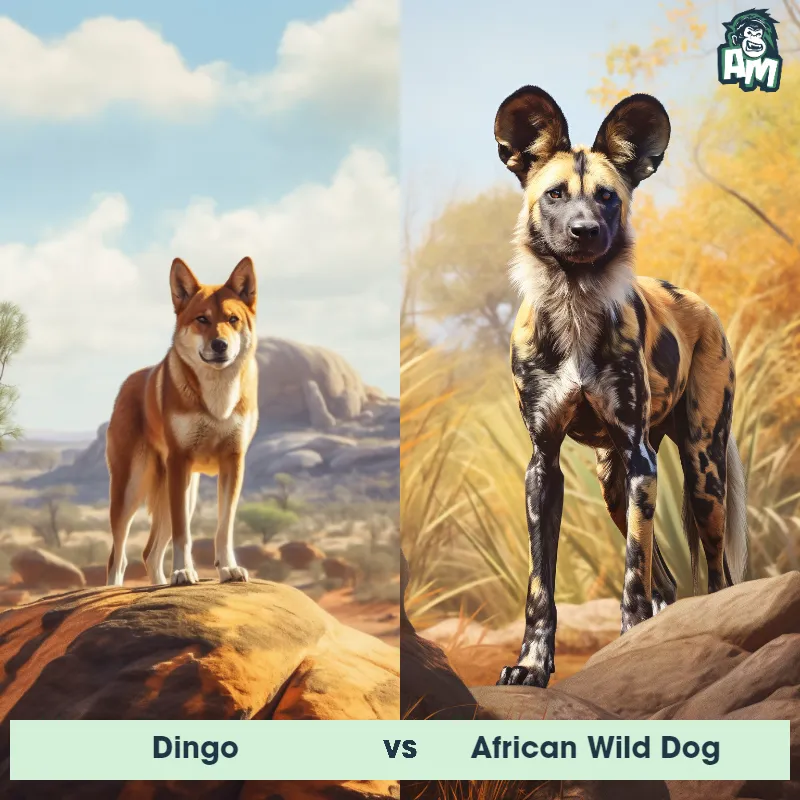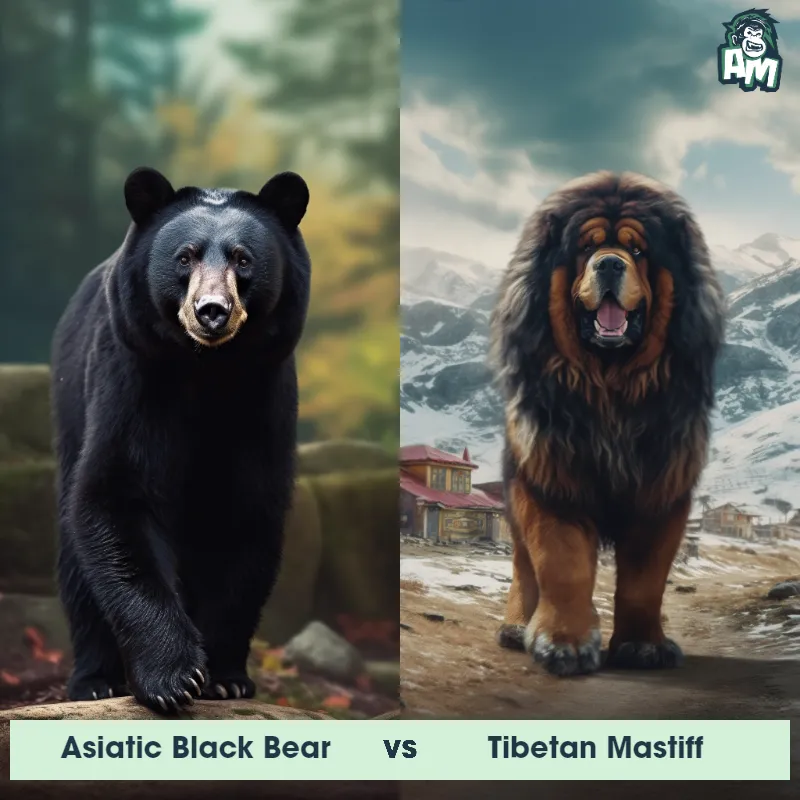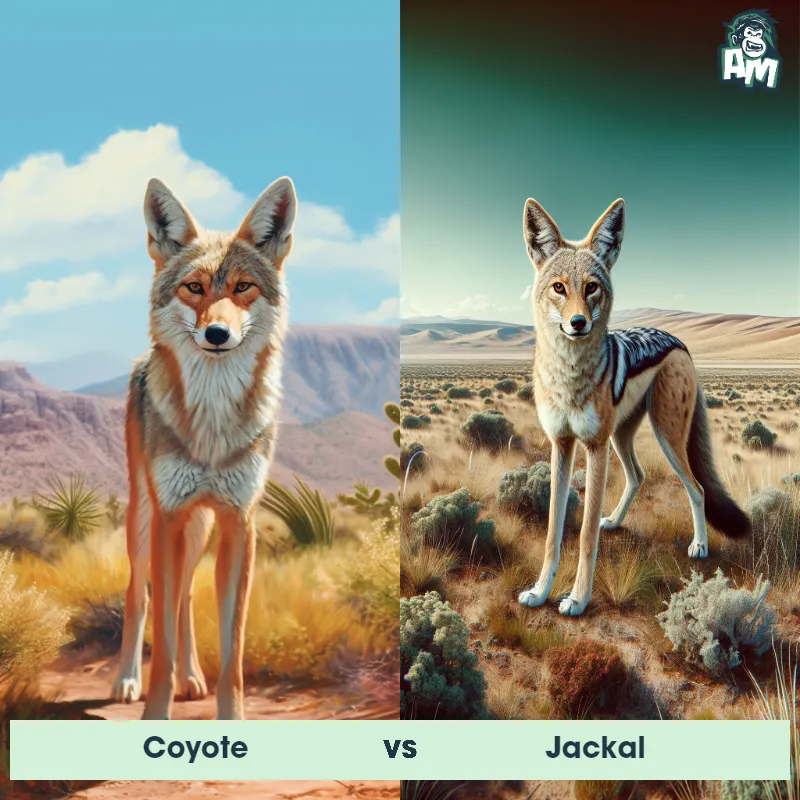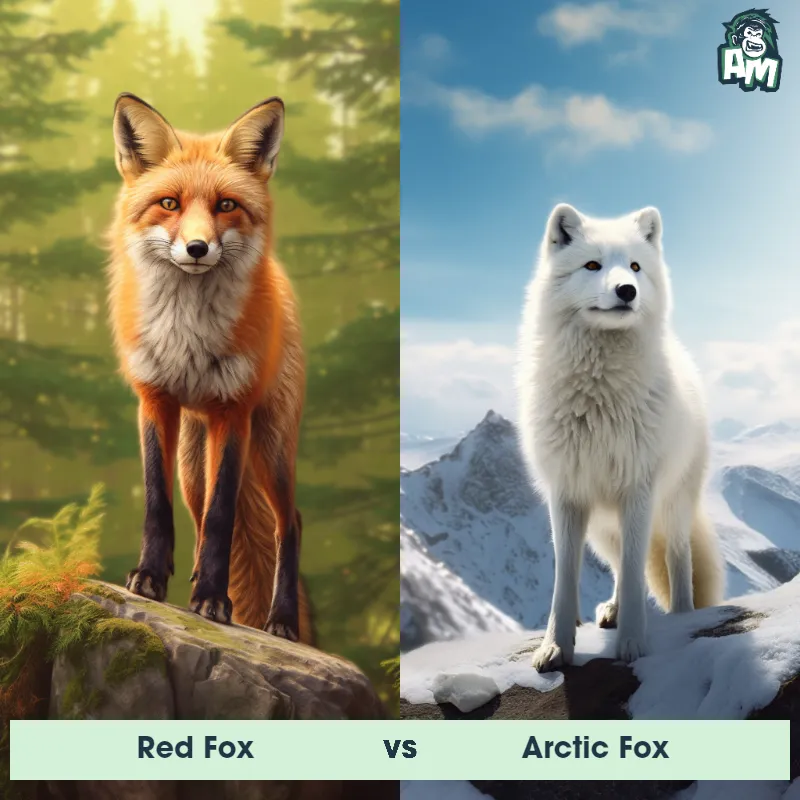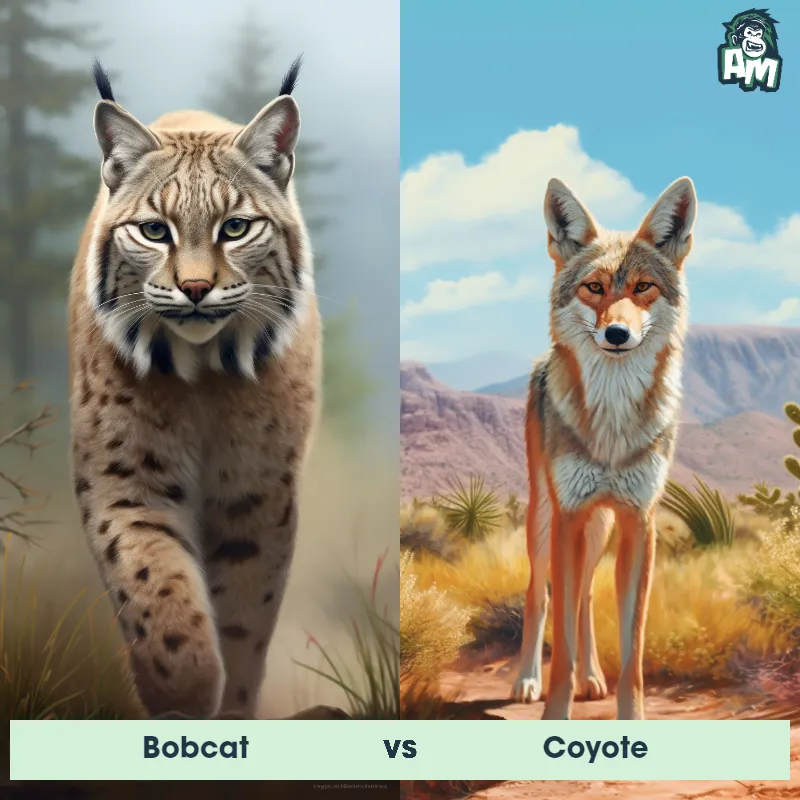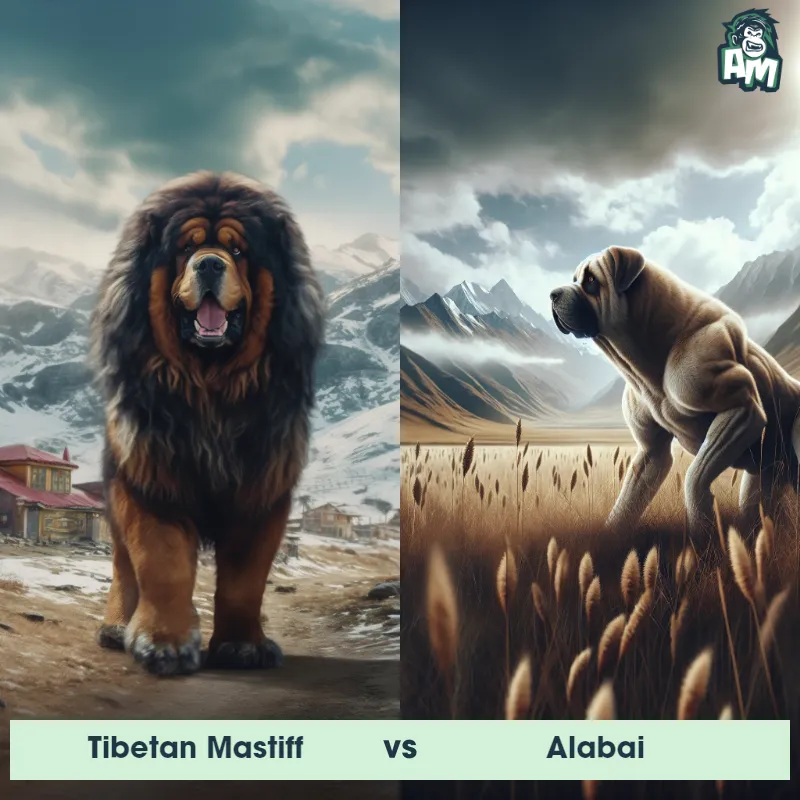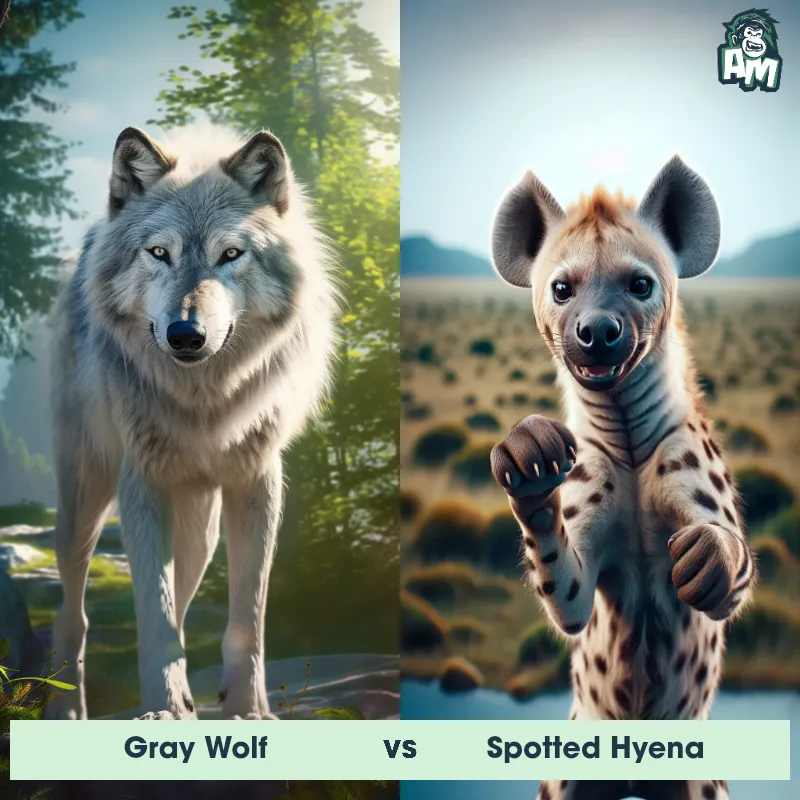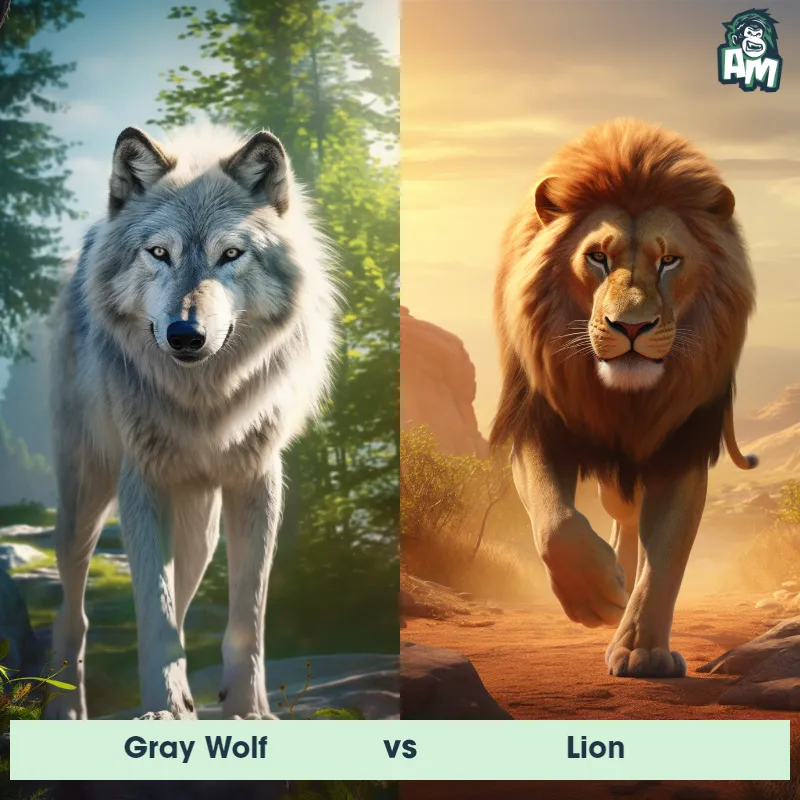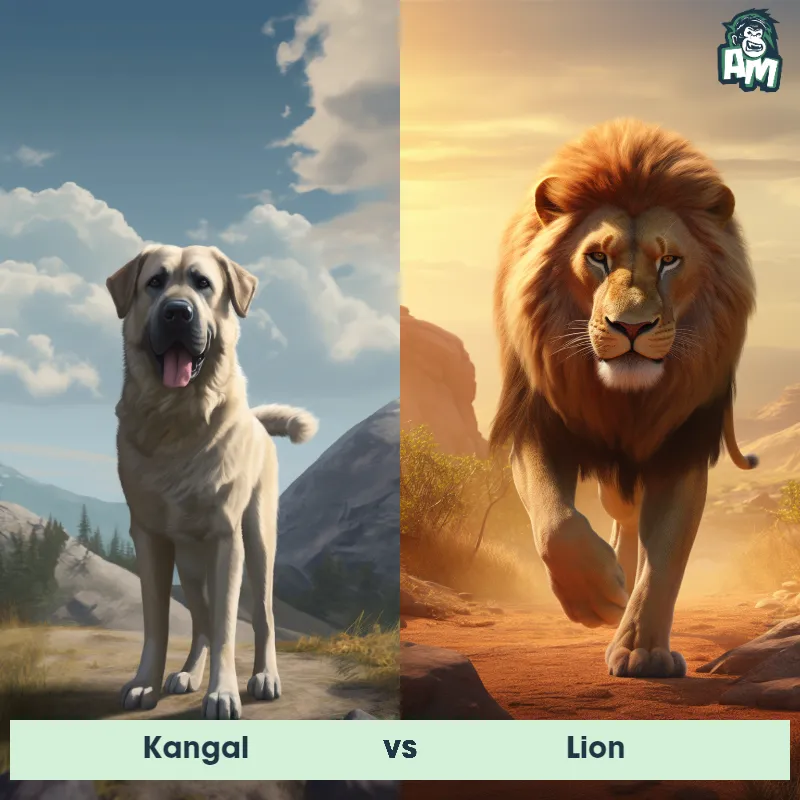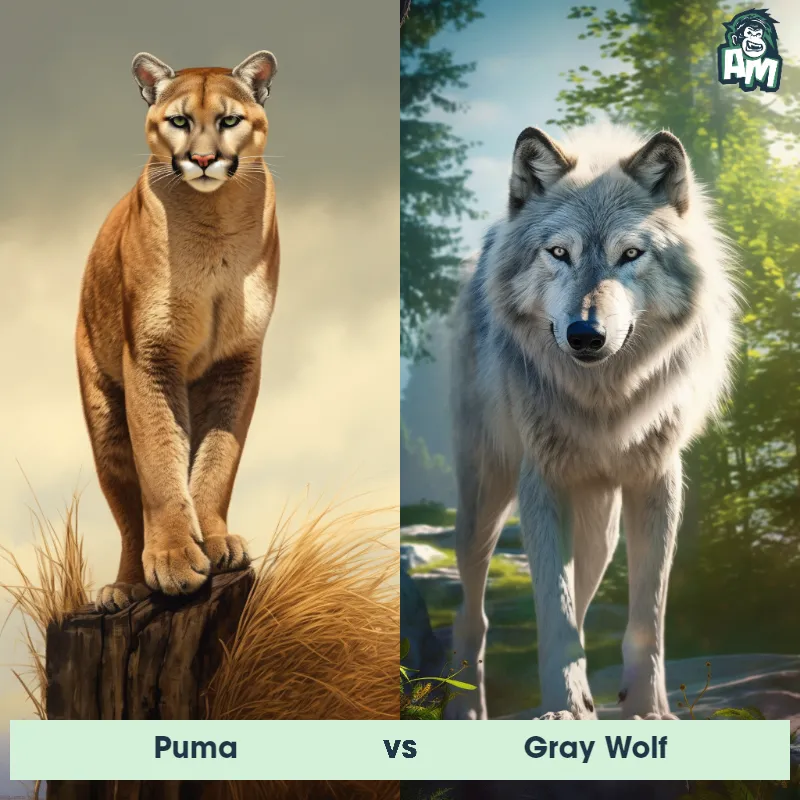Gray Wolf vs Arctic WolfSee Who Wins
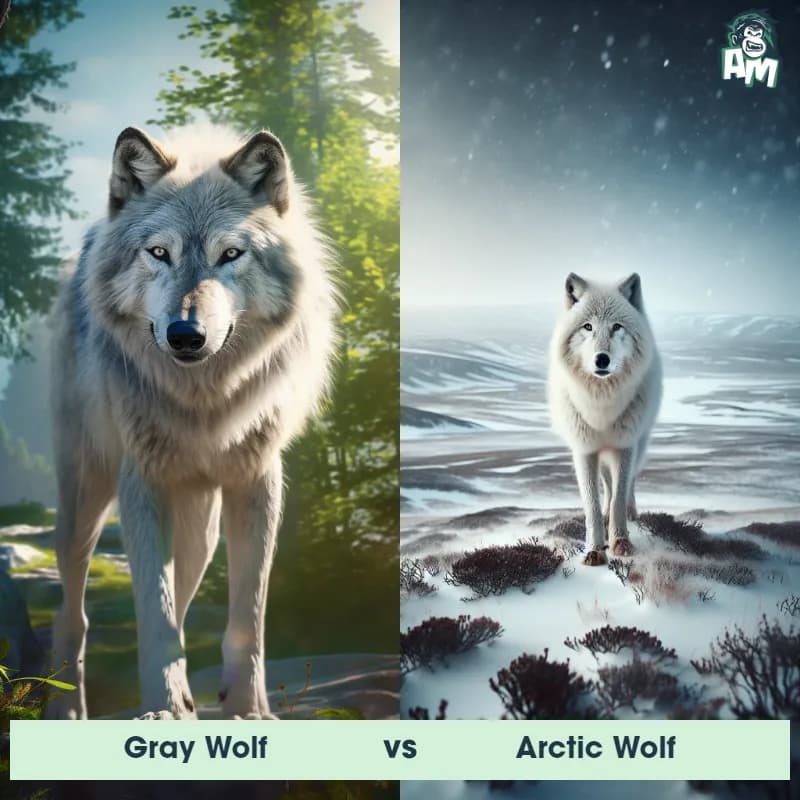
Ladies and gentlemen, welcome to this thrilling matchup between two fierce competitors in the animal kingdom. In one corner, we have the Gray Wolf, known for its power and adaptability. And in the other corner, we have the Arctic Wolf, with its stunning white coat and remarkable resilience. It's time to witness these magnificent creatures go head-to-head in a three-round fight where only one will emerge victorious. Let the battle begin!
Contender 1: Gray Wolf
The Gray Wolf, also known as the timber wolf, is a large canine species found in North America, Eurasia, and parts of Africa. They have a thick, grayish-brown fur coat, a bushy tail, and a strong, muscular build. Gray wolves are highly social animals that live in packs, with a dominant alpha male and female leading the group. They are skilled hunters and can take down prey much larger than themselves, such as elk and bison.
Fun Fact: Gray wolves have a complex communication system that includes howling, growling, and body language, allowing them to communicate with each other over long distances.
Contender 2: Arctic Wolf
The Arctic Wolf Canis lupus arctos is a subspecies of gray wolf that inhabits the Arctic regions of North America and Greenland. These majestic creatures have adapted to survive in the harsh Arctic environment with their thick white fur, which acts as camouflage in the snowy terrain. They have smaller bodies compared to other wolf species, with an average weight of 75-100 pounds. Arctic wolves are well-known for their incredible ability to endure extreme temperatures as low as -50°C. Their keen sense of hearing and smell, along with their strong, muscular build, makes them highly effective hunters.
Fun Fact: The Arctic Wolf's fur is not actually white, but made up of hollow, transparent hairs that scatter and reflect light, giving them the appearance of being white, and allowing them to blend with the snowy landscape.
Matchup Stats
| Gray Wolf | Arctic Wolf | |
|---|---|---|
| Size | 2-3 feet (0.6-0.9 meters) at the shoulder | Height: Up to 30 inches (76 cm) / Length: Up to 5 feet (1.5 meters) |
| Weight | 70-110 pounds (32-50 kilograms) | 75-100 pounds (34-45 kilograms) |
| Speed | Speed: 40 mph (64.37 km/hr) | 46mph (74km/h) |
| Key Strength | Powerful jaws and sharp teeth | Strong bite force and endurance |
| Biggest Weakness | Vulnerable to attacks on the neck and throat | Less aggressive compared to other wolves |
Current Votes
Gray Wolf vs Arctic Wolf
See Who Wins
View More Matches
Looking For More?
Similar Matches
Scientific Stats
| Gray Wolf | Arctic Wolf | |
|---|---|---|
| Scientific Name | Canis lupus | Canis lupus arctos |
| Family | Canidae | Canidae |
| Habitat | Forests, grasslands, tundra, and deserts | Tundra and Arctic regions |
| Geography | North America, Eurasia, and parts of Africa | North America and Greenland |
| Diet | Carnivorous, primarily feeding on large ungulates such as elk and bison | Carnivorous, mainly preying on musk oxen, Arctic hares, and caribou. |
| Lifespan | 6 years - 13 years | 12 years - 18 years |
Key Differences between Gray Wolf and Arctic Wolf
- Leg length: Arctic Wolves have shorter legs compared to Gray Wolves, which helps reduce heat loss by keeping their bodies closer to the ground.
- Fur color: The Gray Wolf typically has a range of gray shades, which can include variations of brown, black, and white, whereas the Arctic Wolf has a pure white fur coat.
- Ear shape: Arctic Wolves possess smaller, rounded ears, which help to minimize heat loss in their cold habitat, while Gray Wolves have larger, more pointed ears.
- Body size: Gray Wolves are generally larger and bulkier, with males weighing between 70 and 100 pounds, while Arctic Wolves tend to be smaller, with males weighing around 50 to 85 pounds.
- Nose color: The nose and lips of Gray Wolves are usually dark, ranging from black to dark brown, whereas Arctic Wolves have pinkish-nose coloration, which is more noticeable against their white fur.
- Tail size: The tail of an Arctic Wolf is bushier and more prominent, serving to provide additional warmth by wrapping around the face and nose, while the tail of a Gray Wolf is generally less dense and less conspicuous.




